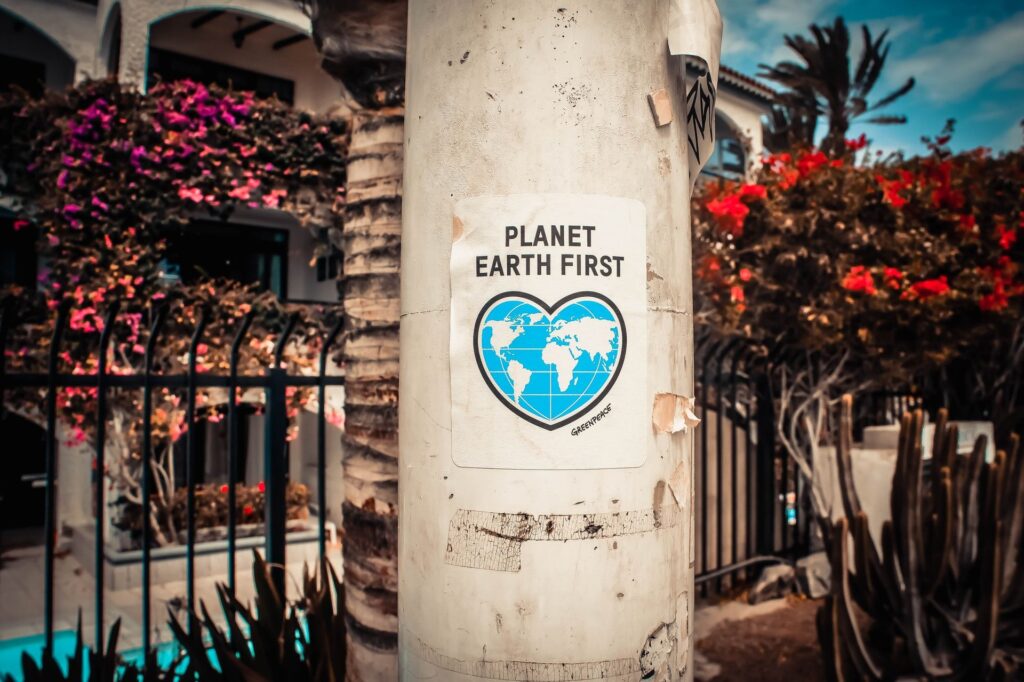After months of the global pandemic, stay at home rules and protecting ourselves with faces masks and gloves, how much we hurt our nature? Imagine that the world population has been wearing one or two masks per day for a few months, and no one can say for long it will continue. That’s why it seems to us now is the time we make a change in every way possible.
Cardboard vs. Plastic Boxes
Maybe you asked yourself a question of how many cardboard moving companies use, especially in our country, where people change their city residence multiple times in their lives. Cardboard is indeed recyclable, but to produce, it takes lots of trees to cut. Unfortunately, we can’t grow trees as fast as we use boxes. That’s why we suggest trying something else. Our plastic crates are incredibly sturdy and have a double layer at the bottom, which let us use them hundreds of time before replacing. Cardboard, on the other hand, is a single time use tool.
How To Reduce Other Packing Supplies Use?
- At the stage of relocation planning, it may be hard to evaluate how much supplies it will require precisely. That’s why at BluBox-It, we created packages that are based on an average house or office size. Together with moving bins, you’ll receive custom dollies; each can fit four or five boxes. For additional lid security, we bring you zips. To differentiate the plastic crates by rooms, you will get labels.
- To reduce plastic use during packing, try to avoid or cut bubble wrap and use it only for the most breakable things. Instead, you can use packing paper, which is eco-friendly because it’s recycled.
- To save liquids from leaking, use plastic wrap only to put it under the lid instead of wrapping the whole bottle.
- Use towels to pack plates or cutlery instead of paper or bubble wrap. Another option is to use clothes, socks to put around some fragile items.
Some of the packing supplies you can see here.

